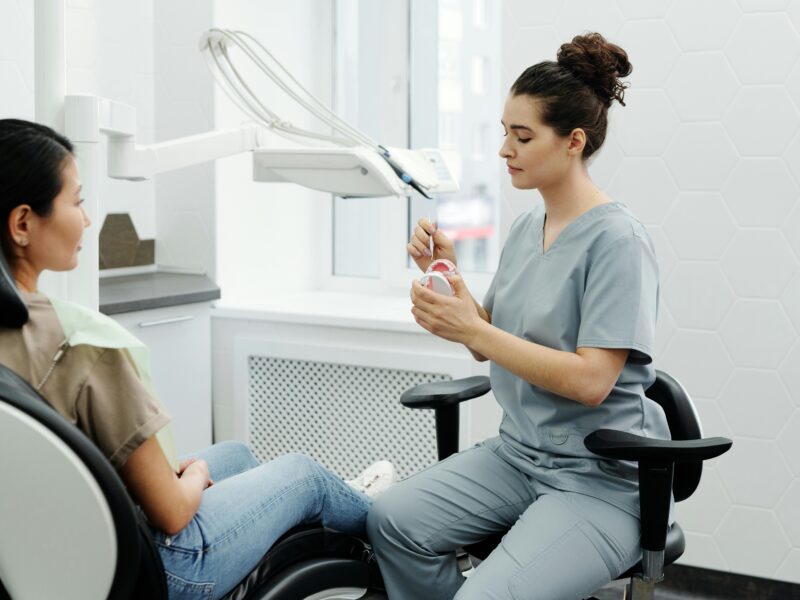7 Powerful Career Opportunities with a Medical Assistance Certificate in 2025
A medical assistance certificate is a highly sought-after qualification, especially as the healthcare industry continues to expand in 2025. This certification equips you with essential clinical and administrative skills, opening up diverse job opportunities. Whether you’re starting your career or seeking a role with growth potential, understanding your options is vital. Let’s explore seven exciting careers you can pursue with a medical assistance certificate in 2025.
1. Clinical Medical Assistant
A clinical medical assistant plays a critical role in patient care, supporting physicians in their day-to-day tasks.
- Responsibilities: Taking vital signs, preparing patients for exams, and assisting with minor procedures.
- Work Environment: Doctor’s offices, outpatient clinics, and hospitals.
- Why It’s a Good Fit: It offers a hands-on role for those passionate about direct patient care.
2. Administrative Medical Assistant
If you excel at organization and multitasking, an administrative role may suit you.
- Responsibilities: Managing patient records, scheduling appointments, and handling insurance claims.
- Work Environment: Front offices in clinics, hospitals, or private practices.
- Why It’s a Good Fit: It focuses on operational efficiency, perfect for detail-oriented individuals.
3. Specialized Medical Assistant
With additional training, you can specialize in fields such as cardiology, pediatrics, or dermatology.
- Responsibilities: Supporting doctors in specialty-specific tasks like EKGs for cardiology or administering skin treatments in dermatology.
- Work Environment: Specialty clinics and hospital departments.
- Why It’s a Good Fit: Specializing can lead to higher salaries and more focused expertise.
4. Phlebotomy Technician
Many medical assisting programs include phlebotomy training, making this a viable career path.
- Responsibilities: Drawing blood, labeling specimens, and preparing them for testing.
- Work Environment: Laboratories, hospitals, and blood donation centers.
- Why It’s a Good Fit: It’s a specialized role with a high demand in medical settings.
5. Patient Coordinator
Patient coordinators bridge the gap between patients and healthcare providers.
- Responsibilities: Scheduling treatments, educating patients about procedures, and ensuring a seamless healthcare experience.
- Work Environment: Clinics, surgical centers, or rehabilitation facilities.
- Why It’s a Good Fit: It combines administrative and interpersonal skills for a rewarding role.
6. Medical Office Manager
With experience, you can transition into managerial roles overseeing the operations of medical facilities.
- Responsibilities: Supervising staff, managing budgets, and ensuring regulatory compliance.
- Work Environment: Hospitals, private practices, or large clinics.
- Why It’s a Good Fit: This role offers leadership opportunities and higher earning potential.
7. Home Health Aide
A medical assistant certificate prepares you to offer care in a home setting, often for patients with chronic illnesses or disabilities.
- Responsibilities: Monitoring health, administering medications, and assisting with daily living activities.
- Work Environment: Patients’ homes or through home health agencies.
- Why It’s a Good Fit: It allows for flexible schedules and a personal connection with patients.
Conclusion
A medical assistance certificate is your gateway to diverse and rewarding career paths in the ever-expanding healthcare industry. Whether you’re drawn to clinical work, administrative roles, or specialized fields, this credential equips you with the skills to thrive.
By staying updated with additional certifications and industry trends, you can unlock even greater opportunities in 2025 and beyond. Explore these career paths, leverage your skills, and make a meaningful impact in the healthcare sector today.
Frequently Asked Questions (FAQs)
1. How much can I earn with a medical assistance certificate in 2025?
Salaries vary by role and location, but the average annual income for medical assistants is expected to range from $35,000 to $50,000, with specialized or managerial roles earning more.
2. Do I need additional certifications for these jobs?
While a basic medical assistance certificate qualifies you for many roles, additional certifications in areas like phlebotomy, EKG, or medical coding can enhance your career prospects.
3. Are there job opportunities for medical assistants in rural areas?
Yes, rural healthcare facilities often face staffing shortages, creating opportunities for medical assistants to make a significant impact.
4. Can I work remotely with a medical assistance certificate?
Some administrative roles, such as medical coding or patient coordination, may offer remote work opportunities.
5. What is the job outlook for medical assistants in 2025?
The demand for medical assistants is expected to grow significantly due to an aging population and advancements in healthcare technology.






